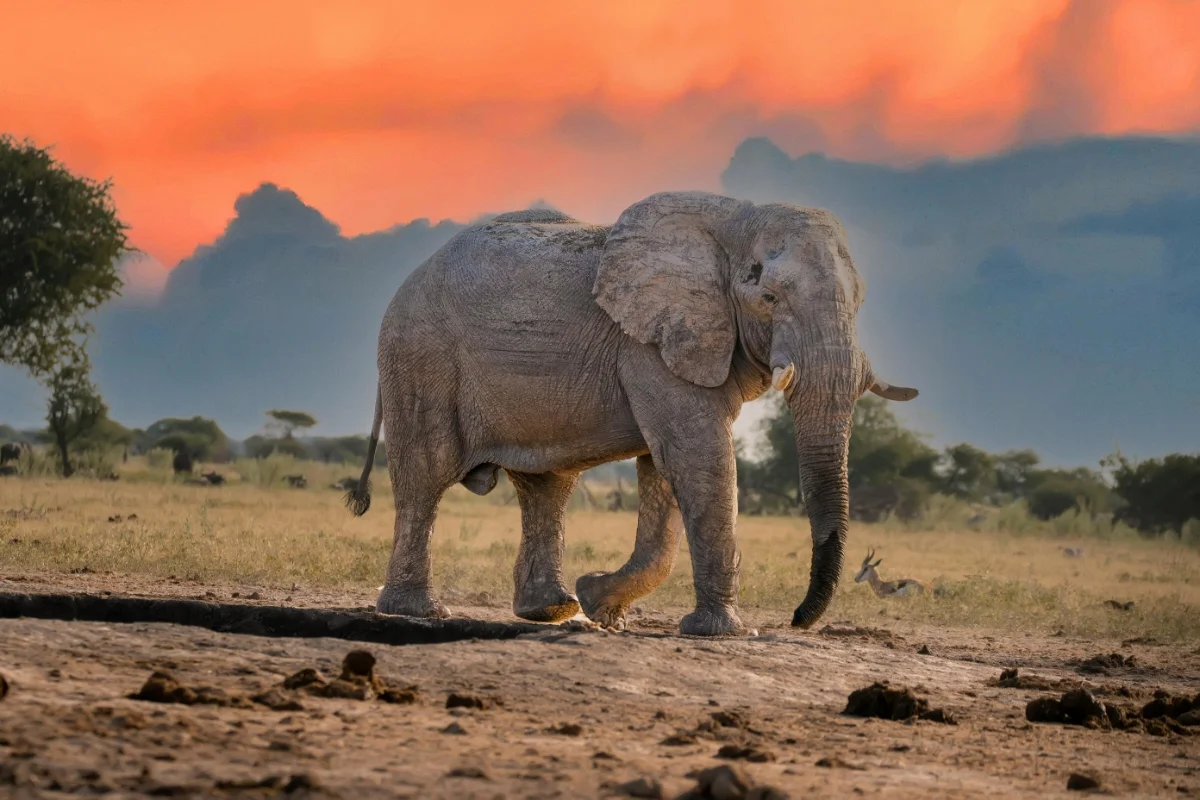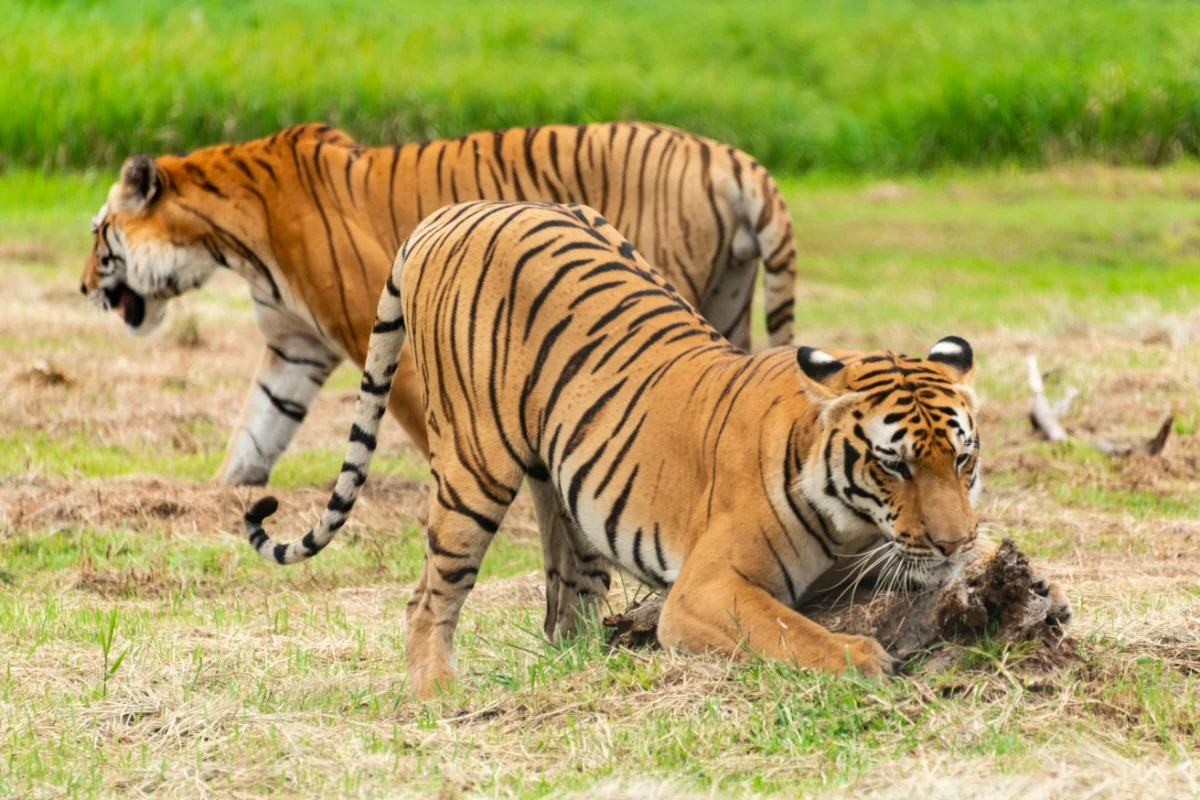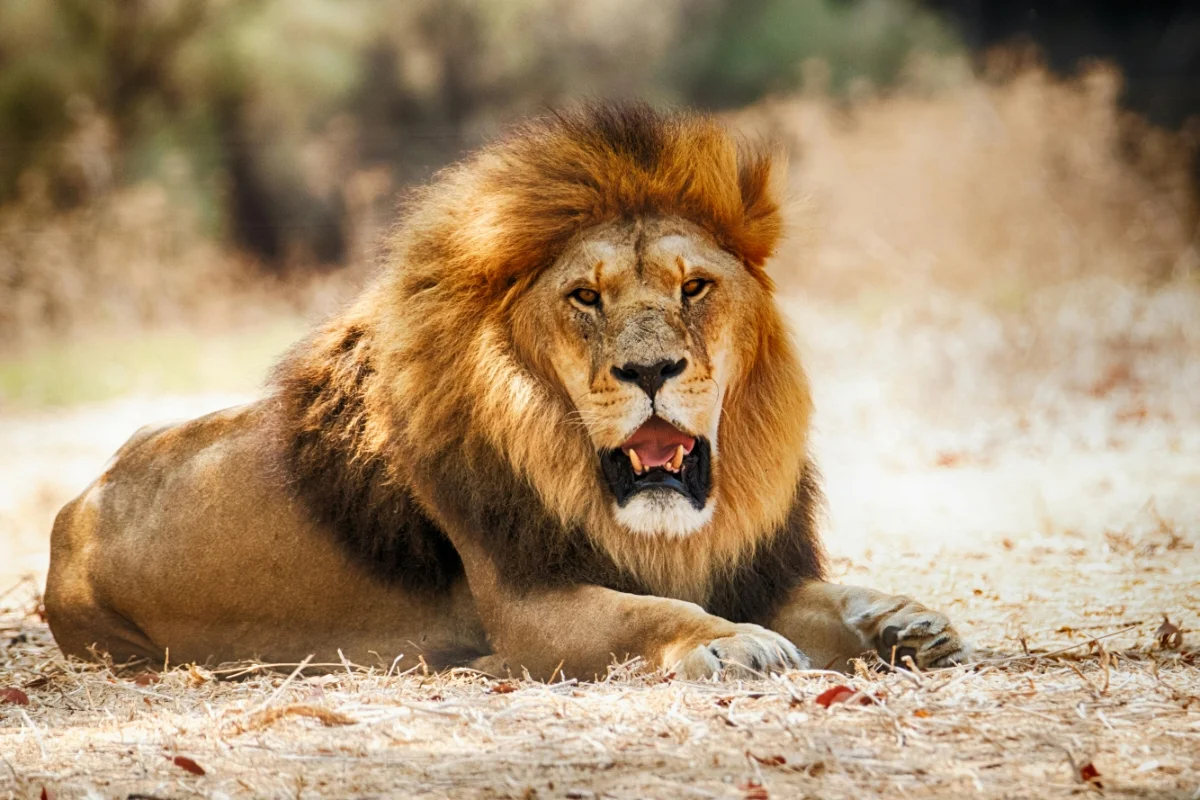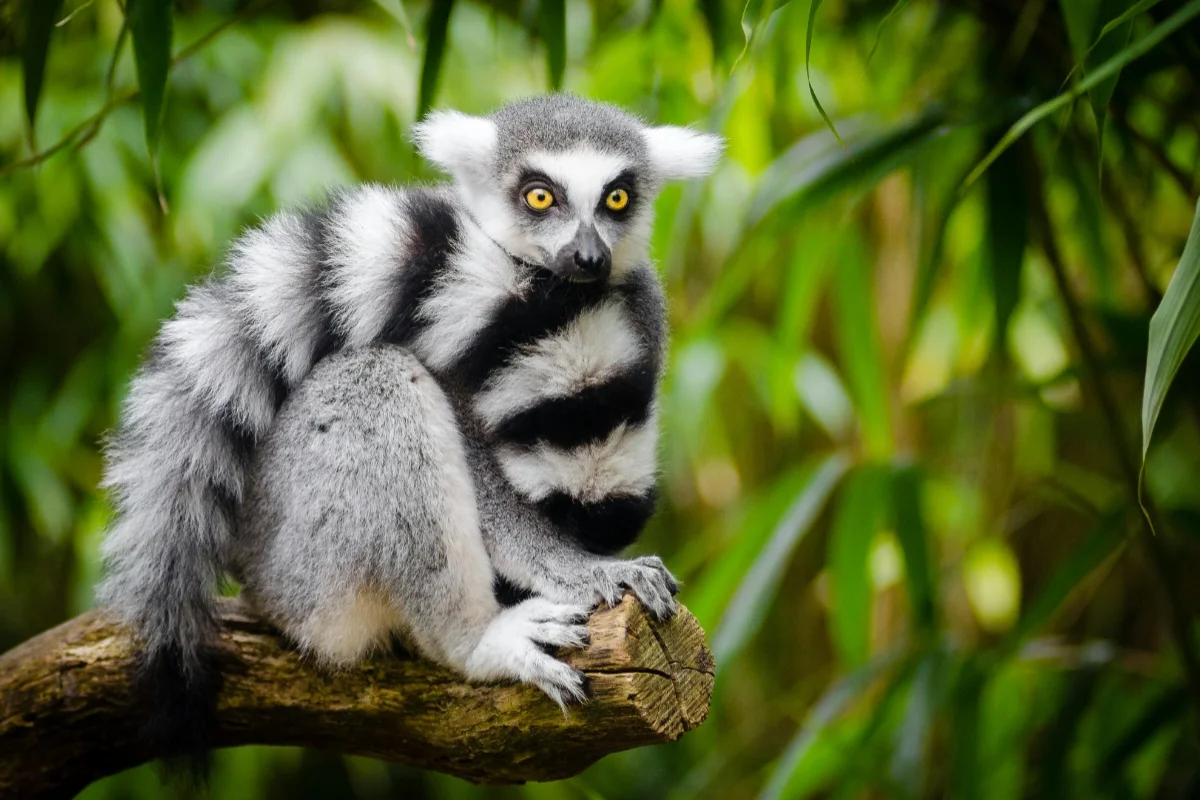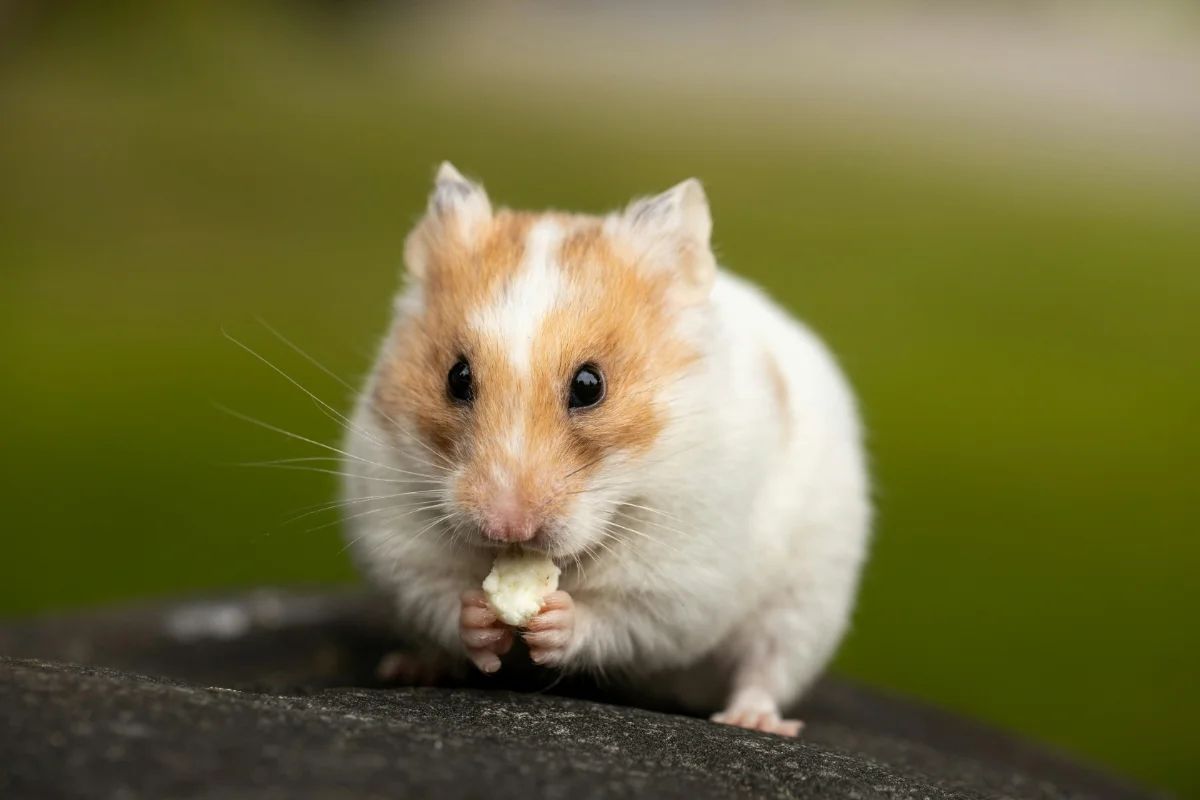Yak
The yak is a large, domesticated bovine native to the Himalayan region and Tibetan Plateau. It has been a crucial part of high-altitude human civilizations for centuries, providing transport, milk, meat, and wool. Wild yaks still roam remote regions, though their population is much smaller compared to domesticated ones.
Yak Information
| Height: | 1.6–2.2m |
| Length: | 2.5–3.3m |
| Weight: | 300–1,200kg |
| Top Speed: | 40 km/h |
| Food: | Grass, shrubs, moss |
| Color: | Black, brown, white |
| Location: | Tibet, Himalayas, Mongolia |
| Predators: | Wolves, leopards, bears |
| Lifespan: | 20–25 years |
| Habitat: | Mountains, meadows |
| Gestation: | 8 months |
Description
Yaks have long, shaggy hair that protects them from extreme cold. They possess a robust, muscular body, sturdy legs, and distinctive curved horns. Their thick undercoat provides insulation, while their large lungs help them survive in low-oxygen environments. Males are much larger than females, with wild yaks often darker and more massive.
Characteristics
Yaks have thick fur, large lungs, and a high red blood cell count to survive harsh altitudes. Their split hooves provide grip on rocky slopes. They can carry heavy loads, making them valuable pack animals. Adapted to freezing temperatures, yaks lack sweat glands and rely on their dense coat for warmth.
Lifespan
In the wild, yaks typically live 15–20 years, while domesticated ones may reach 25 years with proper care. Their longevity depends on predation, food availability, and environmental conditions. Captive yaks benefit from veterinary care, reducing disease risks. However, extreme cold, food scarcity, and predators often shorten their wild lifespan.
Predators
Wild yaks face threats from wolves, snow leopards, and brown bears, especially calves and weaker individuals. Human hunters are also a significant threat due to poaching. Domesticated yaks have fewer natural predators but may still fall victim to wolves in rural areas if left unguarded, especially during harsh winters.
Habitat
Yaks thrive in cold, high-altitude regions, including the Tibetan Plateau, Mongolia, Nepal, Bhutan, and parts of northern India. They prefer alpine meadows, grasslands, and rocky slopes above 3,000 meters. Their thick coat and specialized physiology allow them to withstand extreme cold and oxygen-deprived environments where most animals cannot survive.
Distribution
Wild yaks are primarily found in Tibet, western China, and parts of Mongolia, while domesticated yaks are widespread across the Himalayas, Central Asia, and even some high-altitude regions of Russia. Due to habitat destruction and poaching, wild yak populations have declined, whereas domesticated yaks remain integral to local economies.
Diet
Yaks are herbivores, feeding mainly on grasses, shrubs, and lichens. In winter, they use their strong hooves to dig through snow to reach buried vegetation. Domesticated yaks may also be fed grains, hay, and supplements by herders. Their efficient digestive system enables them to extract nutrients from hard, fibrous plants.
Behavior
Yaks are social animals, often living in herds of 10–100 individuals, led by a dominant male. They migrate seasonally in search of food and tolerate extreme weather. Despite their large size, they are agile and sure-footed. Domesticated yaks are generally docile, but wild yaks can be aggressive when threatened.
Reproduction
Mating occurs in late summer, with a gestation period of about nine months. Females give birth to a single calf in spring, ensuring survival in milder weather. Calves nurse for over a year, staying close to their mothers for protection. Sexual maturity is reached at 3–4 years, with strong maternal bonds.
Yak Scientific Classification
| Kingdom: | Animalia |
| Phylum: | Chordata |
| Class: | Mammalia |
| Order: | Artiodactyla |
| Family: | Bovidae |
| Genus: | Bos |
Animals for You
References
1. Yak Wikipedia Article – https://en.wikipedia.org/wiki/Yak


